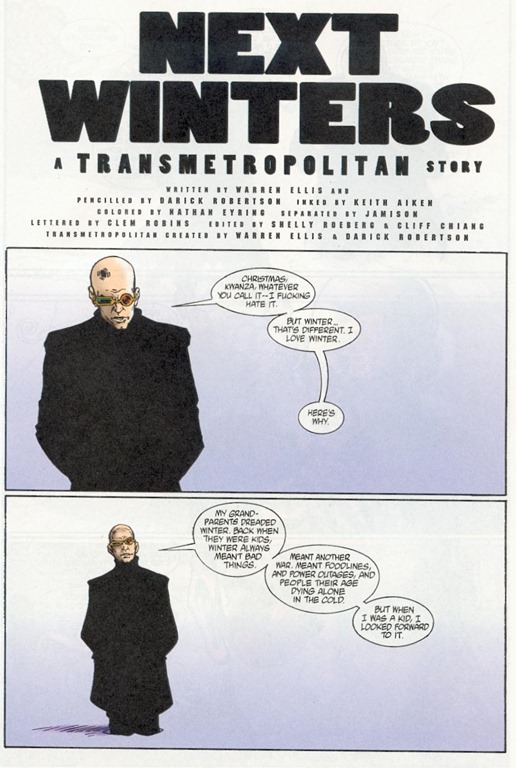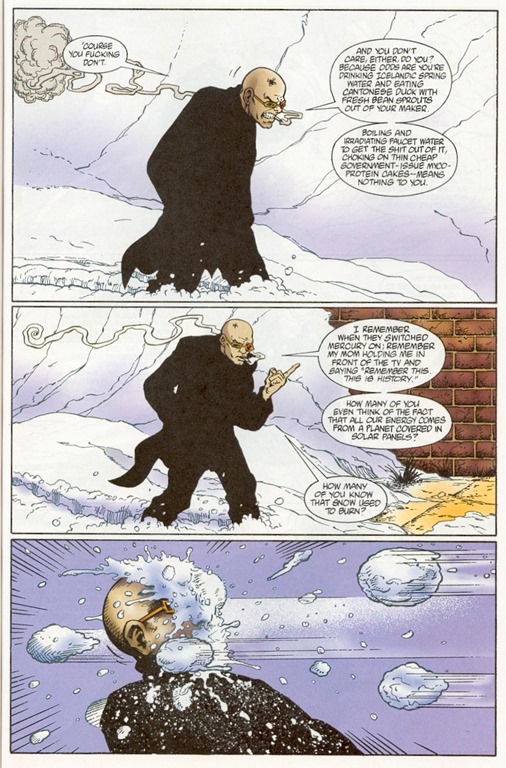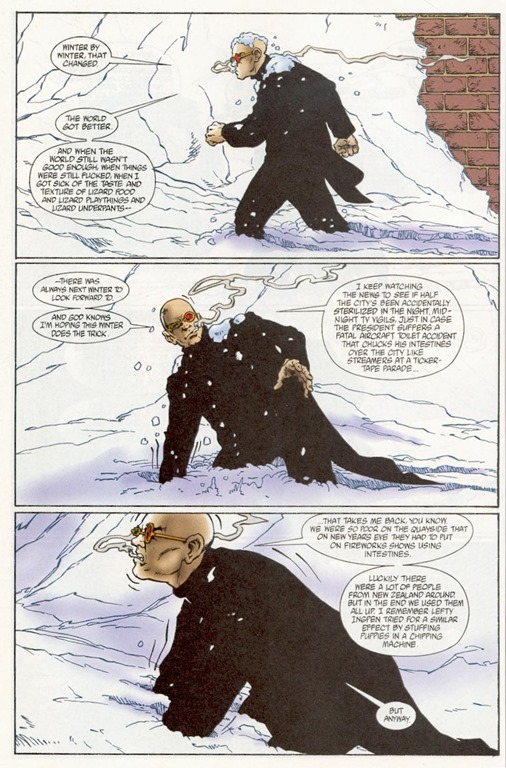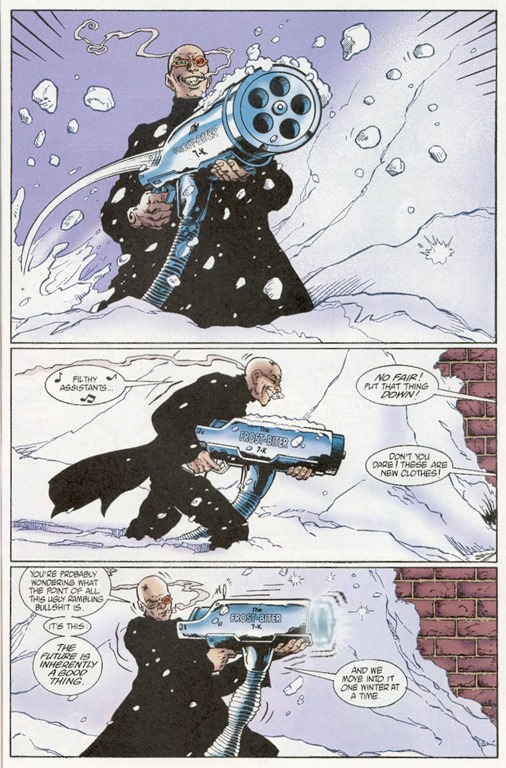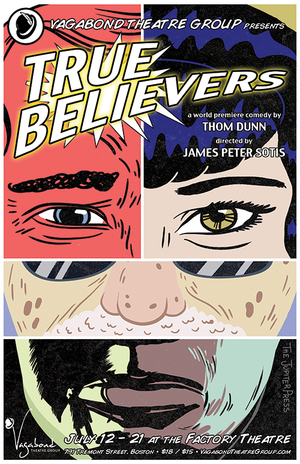This weird cynicism towards death even seeps into the stories themselves. I recall a great issue of X-Factor where Siryn learned about the death of her father, the X-Man Banshee. She just laughed and laughed and laughed, which everyone around her found, well, pretty insensitive. "Come on, you guys," she explained. "We're superheroes! He's dead for now, sure, but he'll be back. I'm not worried about it." It made the rest of the team uncomfortable and concerned for mental well-being, but personally, I thought it was a pretty shockingly accurate depiction of mourning and the different ways that people learn to cope — particularly in a world where no one stays dead (except for Uncle Ben...so far).
There have been some great superhero death stories over the years (Ed Brubaker's Captain America comes to mind), and there have also been some great stories deconstructing the cyclical nature of superhero deaths (Grant Morrison's runs on both Batman and New X-Men...and also Flex Mentallo, and to a certain degree All-Star Superman and...yeah Grant's really into that, huh?). Weldon is correct to use the Asgardian "Ragnarok" to describe this phenomenon, and not just because of Thor. There's a longstanding tradition of death and resurrection in Western storytelling — Jesus being the obvious example, but really, nearly every major epic hero throughout history has had to undergo some kind of death or Underworld trial, and of course, the cycle of death and return also reflects the ever-changing seasons, and the orbit of the Earth, and so on. If we're running on the belief that superheroes are modern (corporate-owned) mythology, well, then the ubiquity of death makes perfect sense.
That being said, it's a particularly weird thing when it comes to narrative devices — death ups the stakes in any story, but at the same time, the promise of resurrection (no matter how much the company insists that this one will stick) robs the story of those stakes, and it turns death into a rote plot device, just another stage in the story. Death in comics is never "The End," which is either incredibly screwed-up, or a touching perspective on how our loved ones might live on in real life. But when death is just another phase in your story, I think that makes it harder to approach with the appropriate gravitas.
Meanwhile, "Death of [Superhero]" comics continue to sell incredibly well, and as long as people keep buyin' 'em, publishers will keep on killin' 'em and bringin' 'em back. Which, on a meta-reading level, means that comic book readers are trapped in the same endless cycle as the characters they read about, alternating between disillusionment and infatuation with the genre they grew up with. And we're stuck in it just the same.



